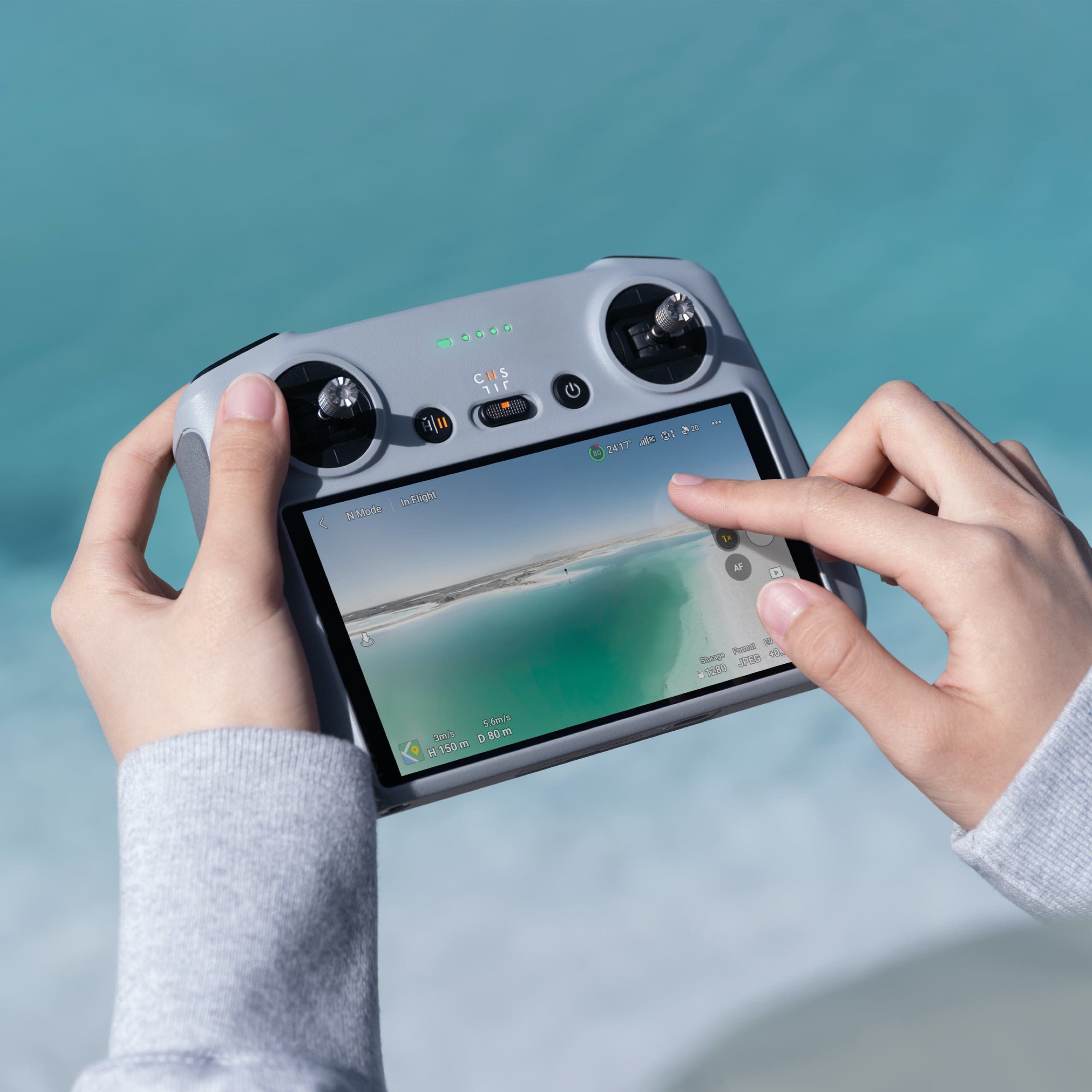Drone Flight Basics—How Does a Drone Communicate with its RC?

In order to properly fly your drone, you have to know how it works—it’s important to have a basic understanding of how a drone connects to the controller, and what limitations exist. By having a firm grasp on how the drone operates, you can minimize the chances of crashing or losing your drone.

Regardless of what kind of drone you have, whether it’s an FPV drone or a standard quadcopter, you will need to use a controller to command your drone. The controller is a device that allows you to control a drone wirelessly. The controller goes by different names, sometimes RC, other times it’s referenced as a transmitter, but overall it’s the same device.
So how does it work? Basically, the controller sends signals to the drone via radio signals, operating in the same way a TV remote control does. Basically, the controller pairs with the drone and then transmits a radio signal from the controller’s transmitter to the drone’s receiver.
The RC will also process the information picked up from the drone’s sensors; this includes the accelerometers, magnetometer, and gyroscope. The accelerometer measures the rate of rotation of the drone and helps determine its position by analyzing the tilt and angular velocity. The magnetometer allows the drone to orient itself in relation to the magnetic north, while the gyroscope measures the rate of rotation in order to stabilize the drone while in flight.
Once these measurements are established, the ESC (or electronic speed controller) will execute the commands by adjusting the power of the different motors on the drone in order to take it in the commanded direction. Whenever you input a command, whether it’s the roll of the joystick or a flick of your hand (if you’re using the new DJI Avata controller), the drone will adjust its flight accordingly.
This connection offers a seamless way to pilot the drone. You do have to keep in mind that radio frequencies have a distance limit and are subject to interference. Have you ever stood in front of your TV between your sibling and the remote in order to stop them from changing the channel?
The same thing happens with a drone—if there is either too much distance between the RC and the drone, or if you accidentally fly your drone through dense structures, like a bridge or metal building, you risk your RC losing the connection with the drone. Most drones can only fly between 7-12 miles away from the RC, so this is something you’re going to want to stay aware of while you’re flying.
There you have it—a basic guide to understanding how drones work. If you’re ready to purchase your first drone, we recommend you take a look at these.
Happy flying!
